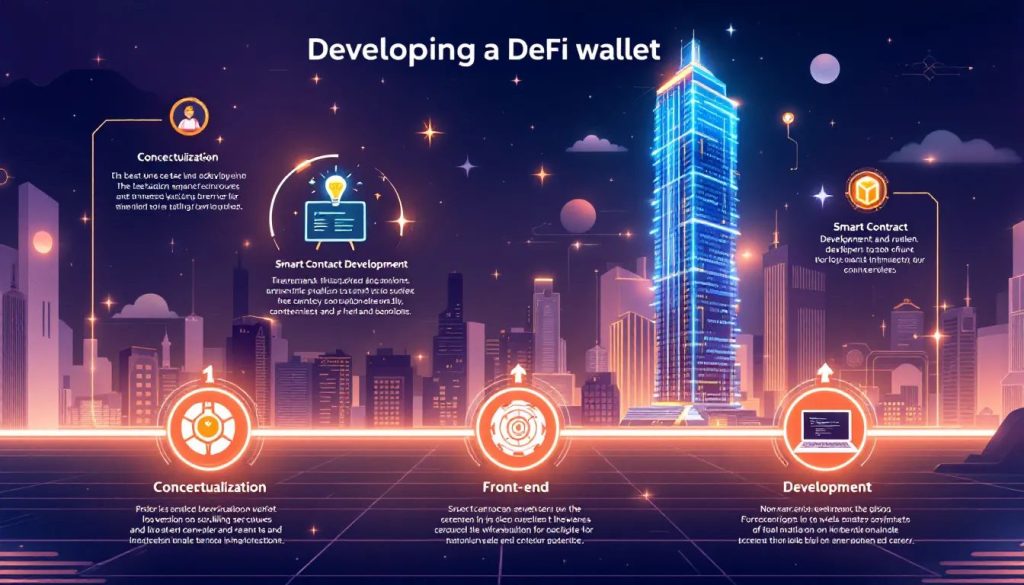Baccarat has also been the number one casino game of choice for UK players for decades due to how easy it is to play and how quick the pace of the game is. If you’re an absolute new player or just want to try out your baccarat strategy, free online baccarat is a wonderful option to get a feel for the game without ever having to lay out a single penny. Over the past few years, sites that provide free versions of traditional casino games have become increasingly popular, and playing online baccarat for free has never been simpler from the comfort of your own home.
This guide will look at how to play online baccarat for free in the UK, what type of games are available, and why BaccaratWiki is one of the top sites to begin with.
Why Play Baccarat Online for Free
Free internet baccarat certainly has its quite obvious benefits, especially if you’re not yet very experienced when it comes to playing the game or you’d like to try out some new systems. Firstly, no money is involved, and you will not be losing any. It is a perfect place where you’re able to learn and observe how the game is being played at your own pace.
Then there is no pressure. Whatever game you wish to play, you can play it without downloading or registering. The majority of websites give you an option to have demos ready on your browser instantly, and that is just so convenient, even on your tablet or phone.
Finally, free games have versions as similar to their money counterpart in every aspect that matters—rules, design, and graphics. You get to feel the real thing of a live baccarat table without attachment.
Best Place to Play Free Baccarat in the UK
Want to play baccarat for free on a platform you can trust? For UK players, BaccaratWiki is one of the best spots out there. It’s all about baccarat, and all the games work great on any device.
No registration required, no details to input — click and play. Clean, simple design perfect for anyone who wants to dive in and play quickly. Baccarat.Wiki also provides useful resources like game rulebooks, strategy explanations, and supplier data all in one place.
Unlike most casino websites, this website is strictly for entertainment and learning purposes only. No concealed fees, no unexpected deposits that surprise you, and no pesky ads that interrupt your games.
What You’ll Find on Baccarat.Wiki
Baccarat.Wiki also offers a variety of free RNG baccarat games that range from basic versions like Punto Banco to speciality versions like Mini Baccarat and No Commission Baccarat. It is all accessible to new players, but still retains the charm for old players.
The site is easy to navigate, with menus for different game categories and operators. It’s regularly updated with the latest releases, and all of the demo games are run directly on the site — no links or downloads needed.
Most Popular RNG Baccarat Games Available
Baccarat.Wiki offers a selection of the best RNG-based baccarat games, which are software programs that mimic the actual game through algorithms. Some of the most favoured ones include:
| Game Title | Description |
| Baccarat Deluxe | A smooth, modern version with multiple bets |
| No Commission Baccarat | Removes the 5% banker fee, easy for beginners |
| Dragon Tiger | A baccarat-style game with simple rules |
| Punto Banco | The classic version is most common in UK casinos |
Each one of the games features real-life animation and superb gameplay with no deviation from live casino tables, but with maximum safety.
Master Software Programmers Power Games
BaccaratWiki games are run on some of the best program providers in iGaming. These developers boast a clean track record for truthful, certified RNG systems as well as fine graphics:
- Playtech – Gives feature-filled performance and smooth gameplay
- NetEnt – Famous for high-definition visuals and accessible UI
- Evolution Gaming – While unrivalled in the provision of live dealer games, they also have solid RNG options
You can learn more on this page about these developers, which breaks down their specialities and game options.
In the UK, and want to try baccarat online without spending a thing? Baccarat.Wiki is a solid starting point — easy to use, safe, and loaded with helpful features, whether you’re just starting out or already know your way around the game. The site offers a wide selection of top-quality free games from well-known providers, all accessible without registration.
Whatever you do, whether it is trying out new strategies or just playing some low-stakes games, free baccarat is an excellent way to acclimate yourself to the game. And with websites like Baccarat.Wiki, you’re in safe hands.















 Bitcoin
Bitcoin  Ethereum
Ethereum  Tether
Tether  XRP
XRP  USDC
USDC  Solana
Solana  TRON
TRON  Lido Staked Ether
Lido Staked Ether  Cardano
Cardano  Avalanche
Avalanche  Toncoin
Toncoin